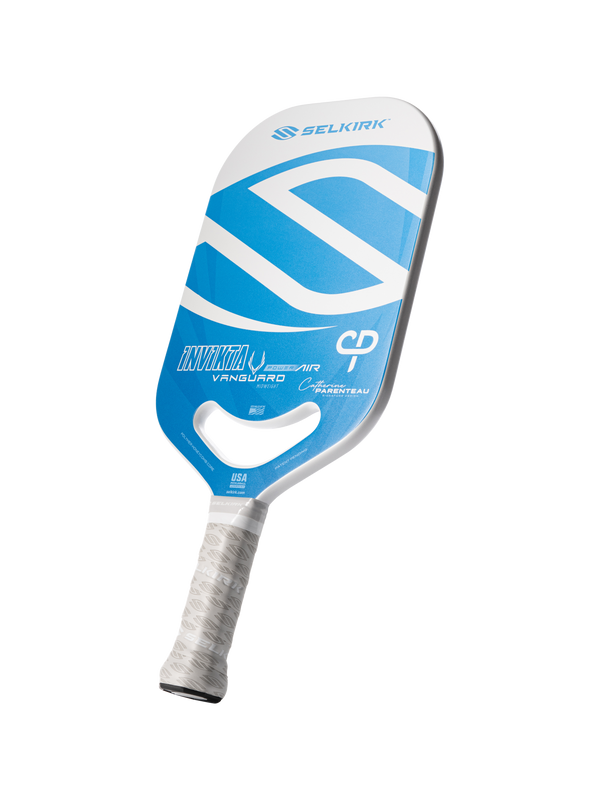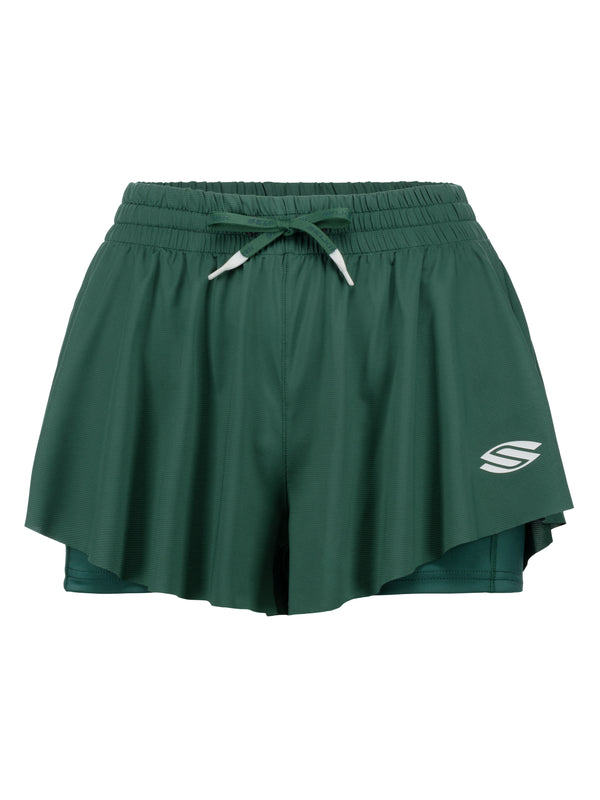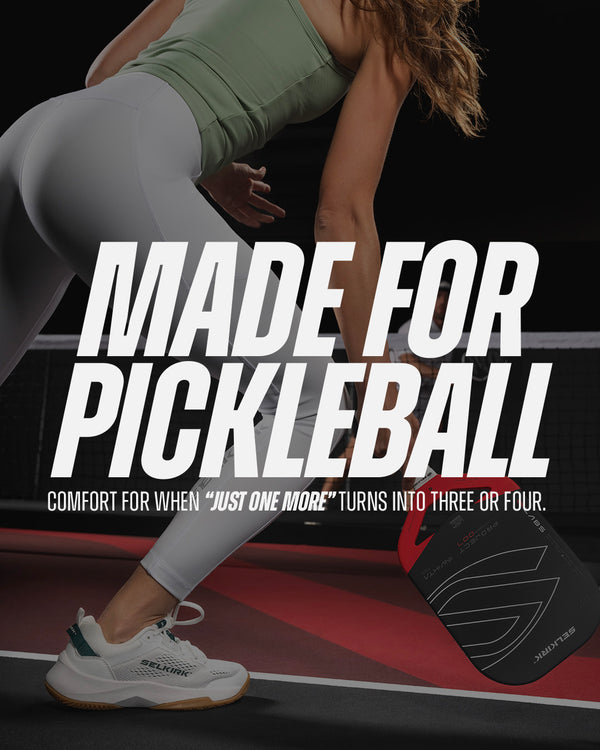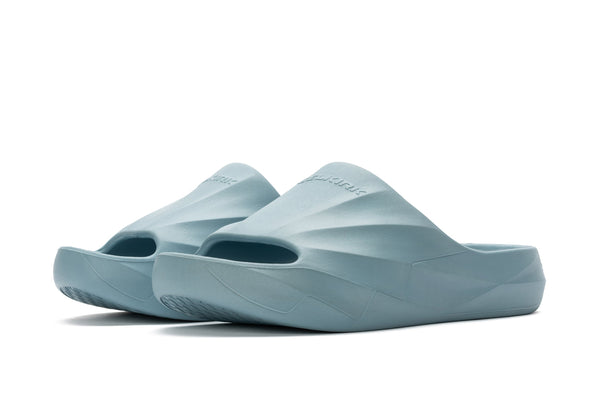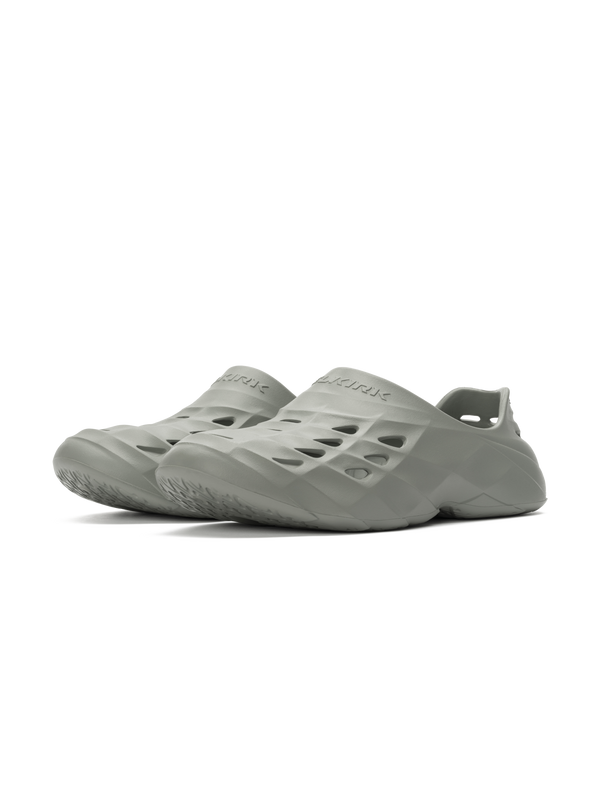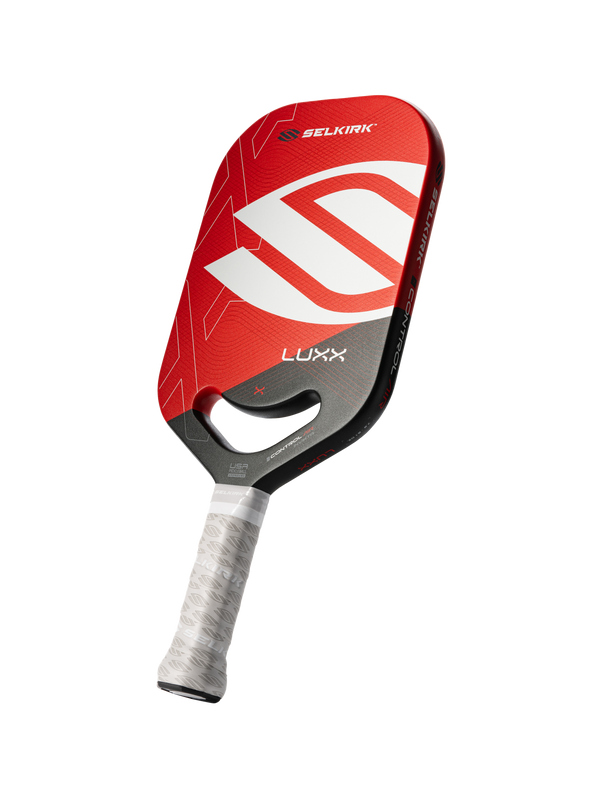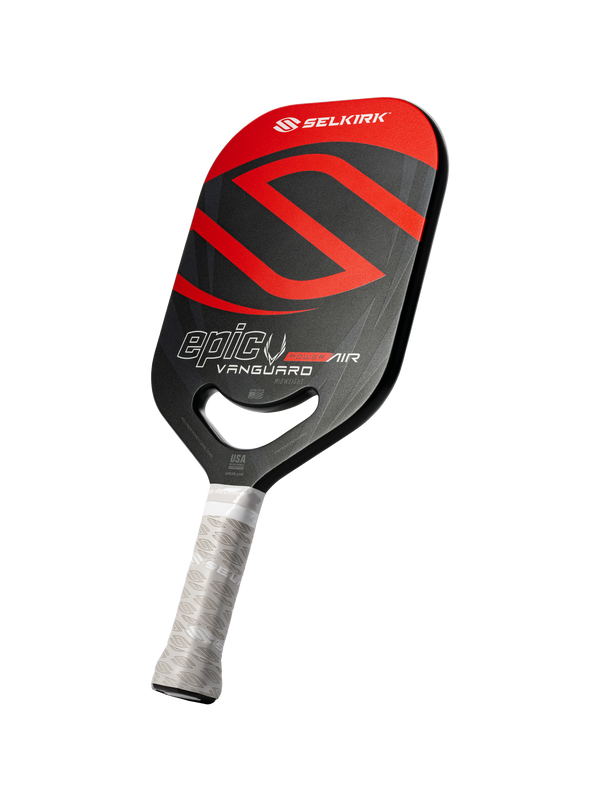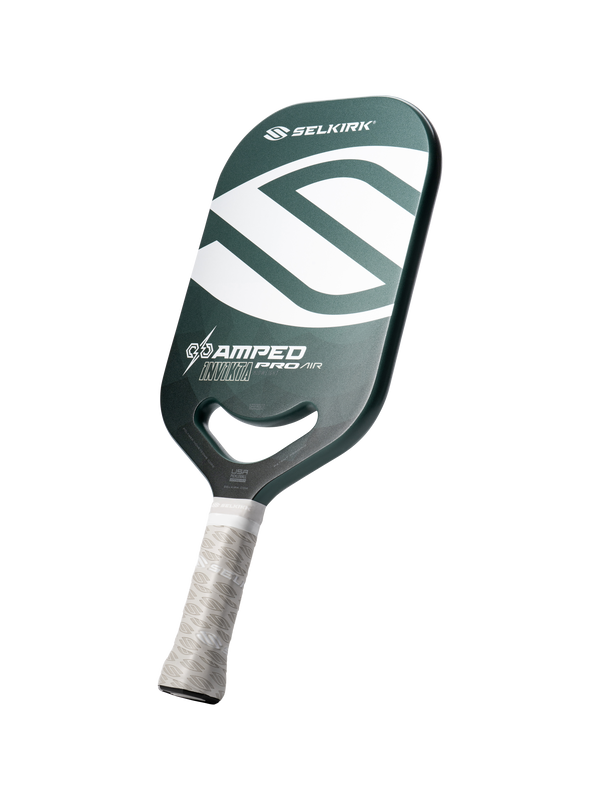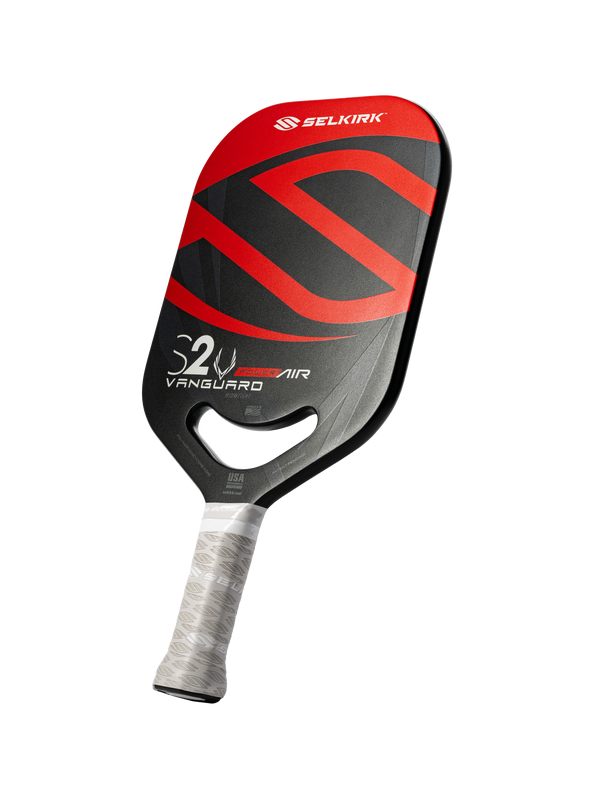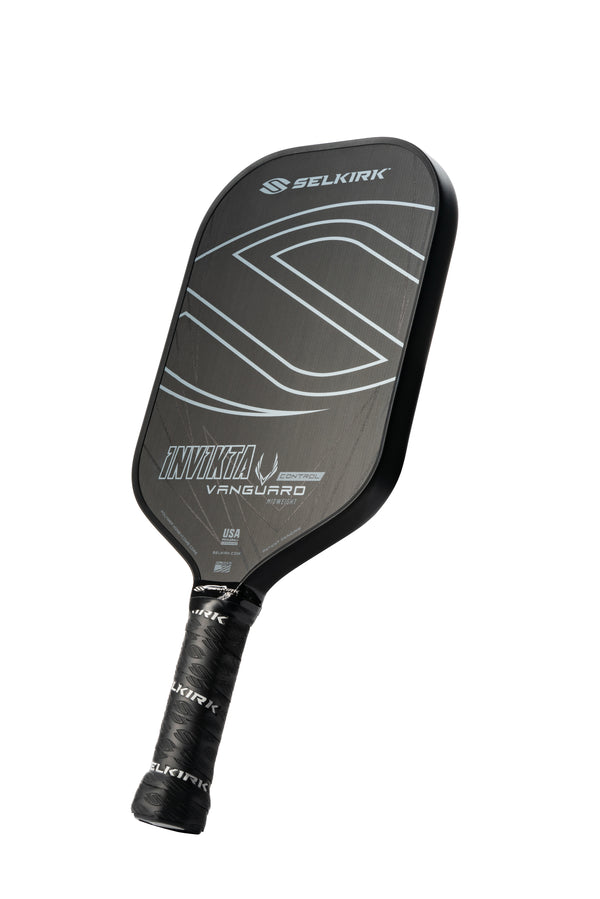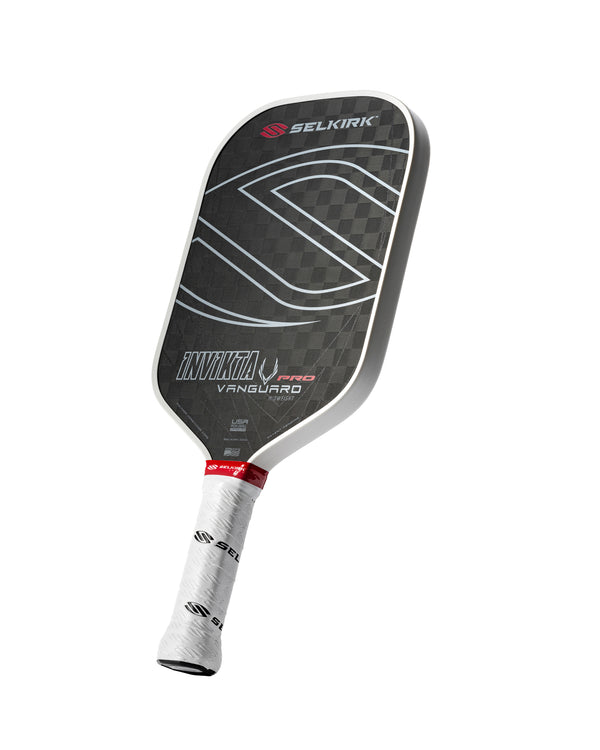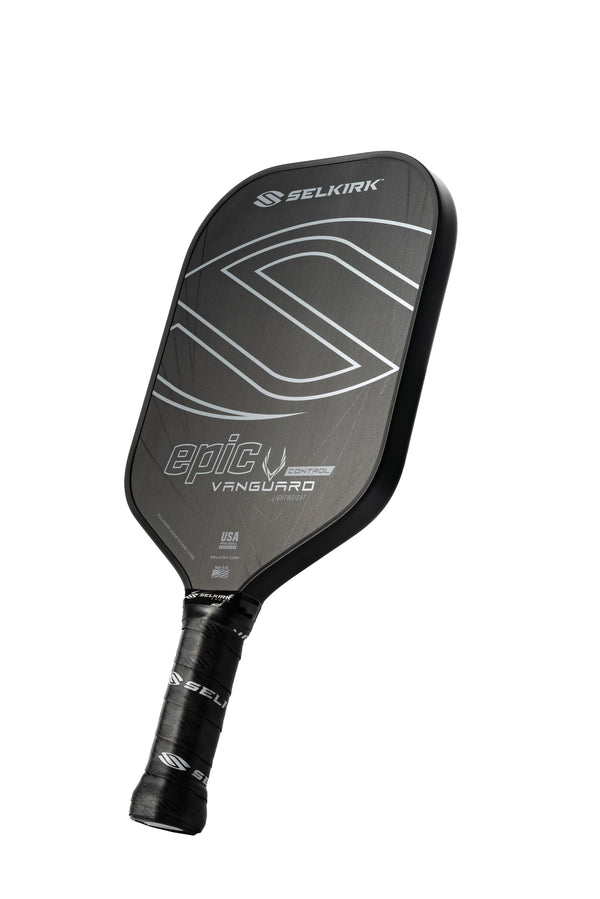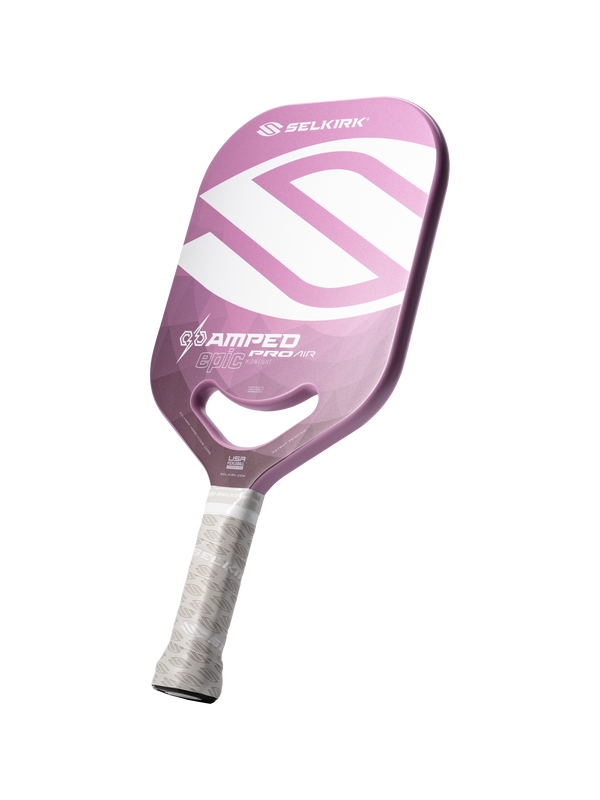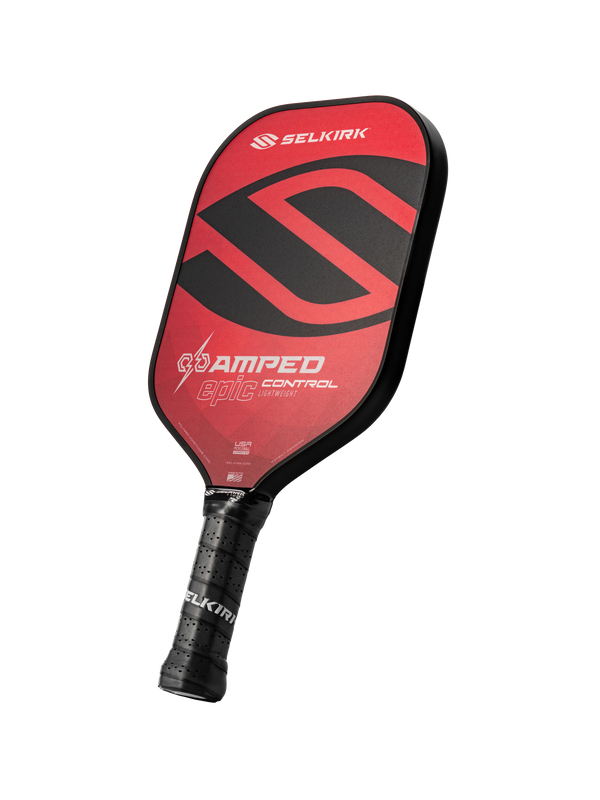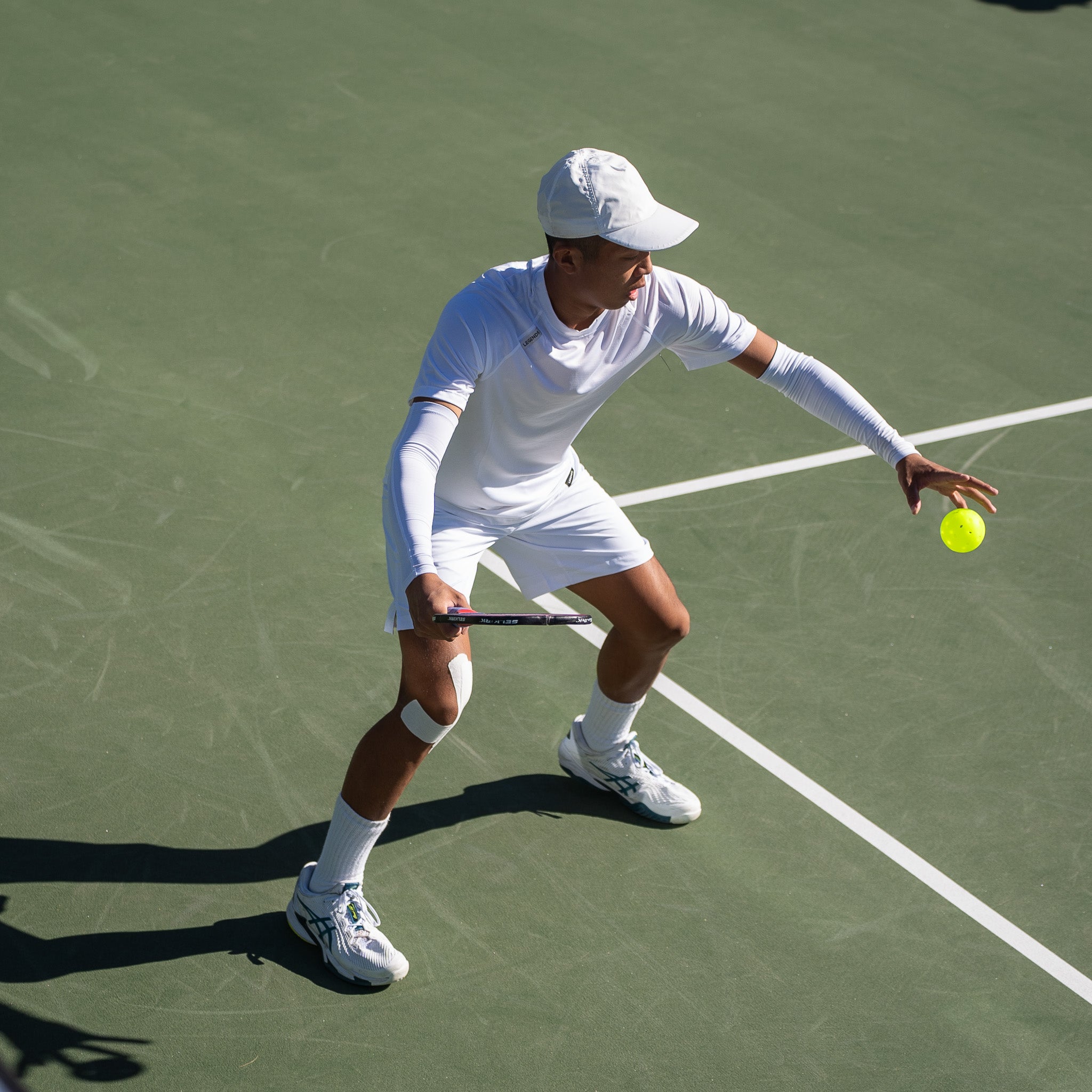
At the professional pickleball level, raw power is often lauded as the top skill. And while power does have its value, among many pickleball communities, the art of placing spin on the ball is what wins you points.
There are many types of spin players can impart on the ball, the main two being topspin and backspin.
In this Selkirk TV original, pickleball coach Morgan Evans breaks down the importance of the often-overlooked sidespin.
What is sidespin in pickleball?
As the name suggests, sidespin is the motion of the ball that causes it to move horizontally left to right on the court as it crosses over the pickleball net.
To create sidespin, players must contact the ball with their paddle at an angle, cutting across it as they do. This shot, also known as a slice, causes the ball to curve a certain way depending on which way you angle your paddle.
Counter-clockwise spin
Counter-clockwise spin is the most commonly hit type of sidespin. It occurs when the ball bounces relatively low and a backhand slice is applied or when a low topspin forehand is played.
In either case, the paddle doesn’t have enough room to get underneath the ball and apply direct topspin or backspin.
When balls imparted with counter-clockwise spin bounce, they rebound to the right much more than the ball’s flight path would suggest.
Clockwise spin
Clockwise spin is a little more difficult to achieve. To do so, players should execute a low slice forehand or low topspin backhand.
This time, the ball will rebound to the left much more than its initial flight path would suggest.
How to use sidespin to your advantage
Now that you understand the theory of how to hit different types of sidespin, it’s time to put it into practice. There are countless scenarios in which sidespin can help win a point, but the most practical scenario is at the kitchen line on the side of the court that matches your dominant hand.
If you’re right handed andn you’re on the right side of the court at the kitchen line and engaged in a crosscourt dink rally, look for an opportunity to use sidespin. To do so, wait for a ball that is placed in the middle of your box and bounces high enough that you can attack off the bounce.
Drop your paddle low and hit a forehand shot with a slice. If you’re right handed, the paddle should be close to your left shoe as you brush across the ball. Aim down the line in front of you. The goal here is to force your opponent to hit a backhand volley.
Ideally, your opponent will not be prepared for the sidespin you imparted so when they volley the ball, it should sail wide. However, you must be prepared for a return, which will likely be a volley to your forehand side. If this is the case, you are set up for a putaway shot.
This shot, would not work if you were a right handed player on the left side of the court. This is because the sidespin you impart would actually bring the ball toward your opponent’s forehand, allowing them an easy attackable ball.
But what about using the opposite spin on the left side? To execute that shot, a right handed player would have to execute low inside-out backhand, which is a very low percentage shot.
Just as with any skill, sidespin can be an important tool to have in your arsenal, but you must be smart about when to use it.
Download the Selkirk TV app HERE to watch the complete episode and many other Selkirk TV original shows, podcasts, lesson series from the pros, and much more.




